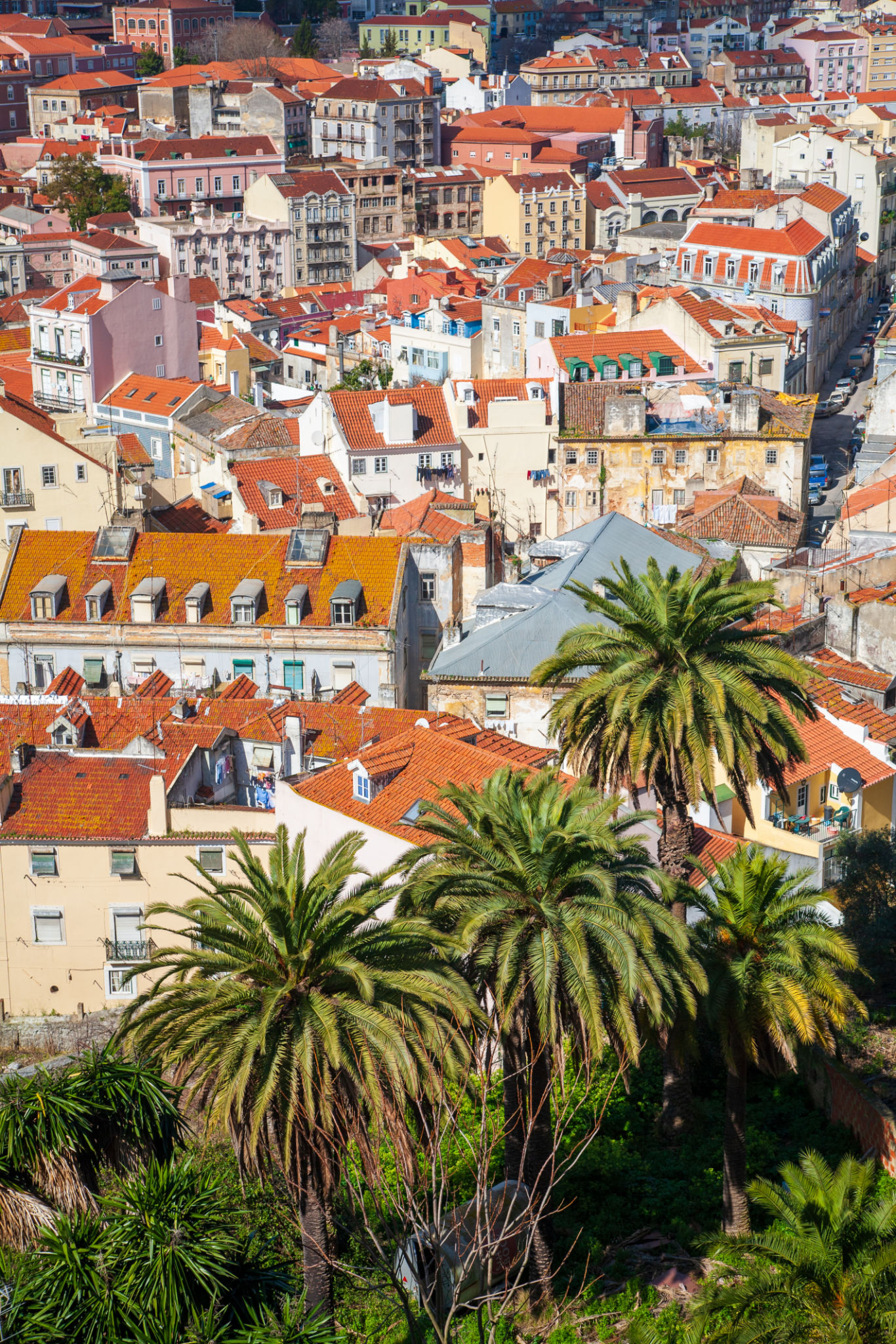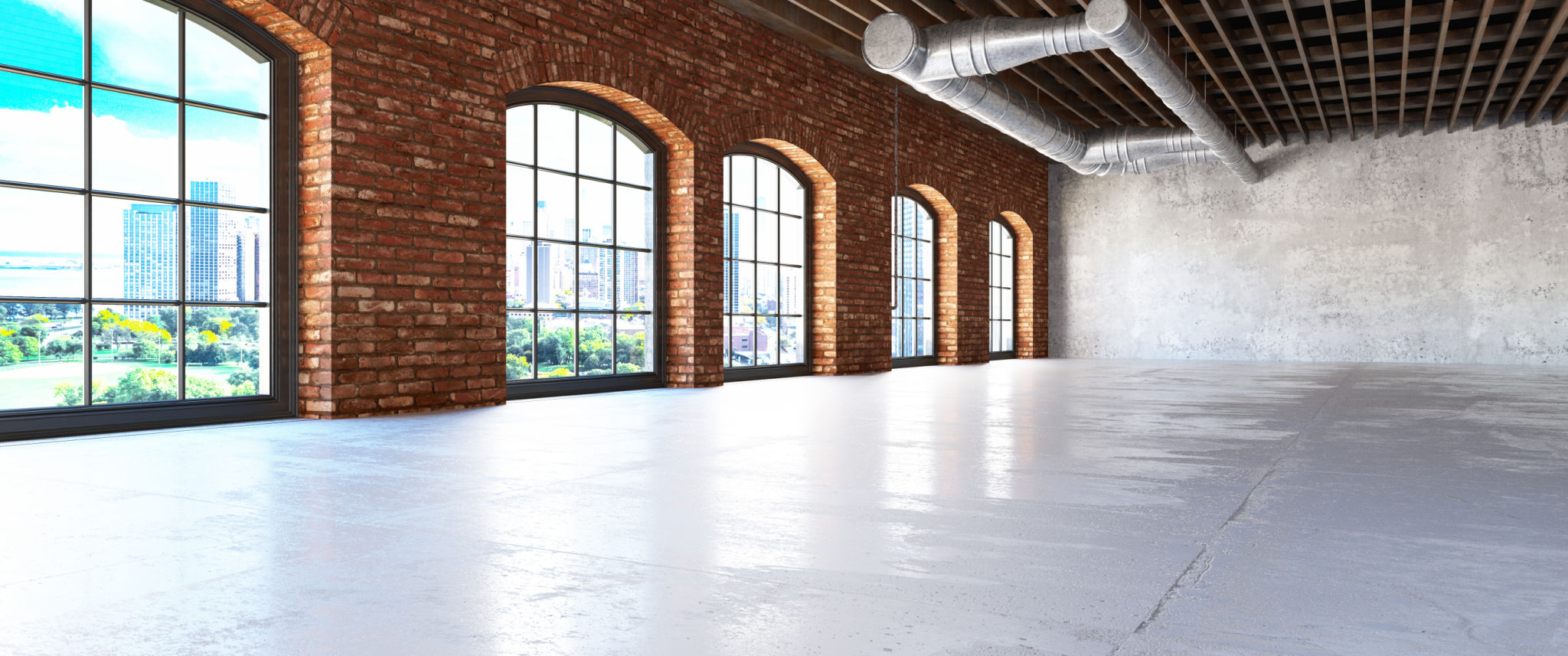Case Study: Transforming Historic Buildings into Modern Living Spaces in Lisboa
Revitalizing Lisboa's Architectural Heritage
Lisboa, a city renowned for its rich tapestry of history and culture, is undergoing a fascinating transformation. This metamorphosis involves the conversion of historic buildings into modern living spaces, blending the charm of yesteryear with contemporary comfort. In this case study, we delve into how developers are breathing new life into these architectural gems.

The Allure of Historic Buildings
Historic buildings in Lisboa offer a unique aesthetic appeal that modern constructions often lack. Their intricate facades and timeless design elements make them highly desirable. However, transforming these structures into modern homes poses a set of challenges that require innovative solutions.
The appeal lies in maintaining the authenticity and character of these buildings while making them suitable for today’s lifestyle. This involves preserving original features like azulejos (traditional Portuguese tiles) and wrought-iron balconies, ensuring they meet current safety and comfort standards.
Challenges in Modernization
The renovation of historic properties is not without its hurdles. Developers must navigate complex regulations and ensure structural integrity. Additionally, integrating modern amenities such as elevators and energy-efficient systems into old frameworks requires creative engineering.

One common challenge is the need to upgrade electrical and plumbing systems without compromising the building’s historical features. It requires a careful balance of restoration and innovation, often involving skilled artisans and cutting-edge technology.
Success Stories in Lisboa
Several projects in Lisboa have successfully transformed historic buildings into modern living spaces. These developments have revitalized neighborhoods, attracting new residents and boosting local economies. An exemplary project is the renovation of a 19th-century palacete into luxury apartments, where original frescoes were painstakingly restored to their former glory.
- Maintaining structural integrity
- Preserving historical features
- Incorporating modern conveniences
The Impact on Local Communities
The transformation of historic buildings has significant benefits for local communities. It increases property values, encourages tourism, and fosters a sense of pride among residents. Furthermore, it helps preserve the cultural heritage of Lisboa for future generations.

Residents appreciate how these projects maintain the historical narrative while providing modern comforts. This duality enriches the urban landscape, offering a unique living experience that seamlessly merges past and present.
Conclusion: A Harmonious Blend
The transformation of Lisboa’s historic buildings into modern living spaces is a testament to the city’s commitment to preserving its cultural identity while embracing progress. This approach not only enhances the city's aesthetic appeal but also contributes to sustainable urban development.
As more developers embark on similar projects, Lisboa continues to set an example for cities worldwide on how to honor history while catering to contemporary needs. The successful blending of old and new ensures that the city remains vibrant and relevant for future generations.
